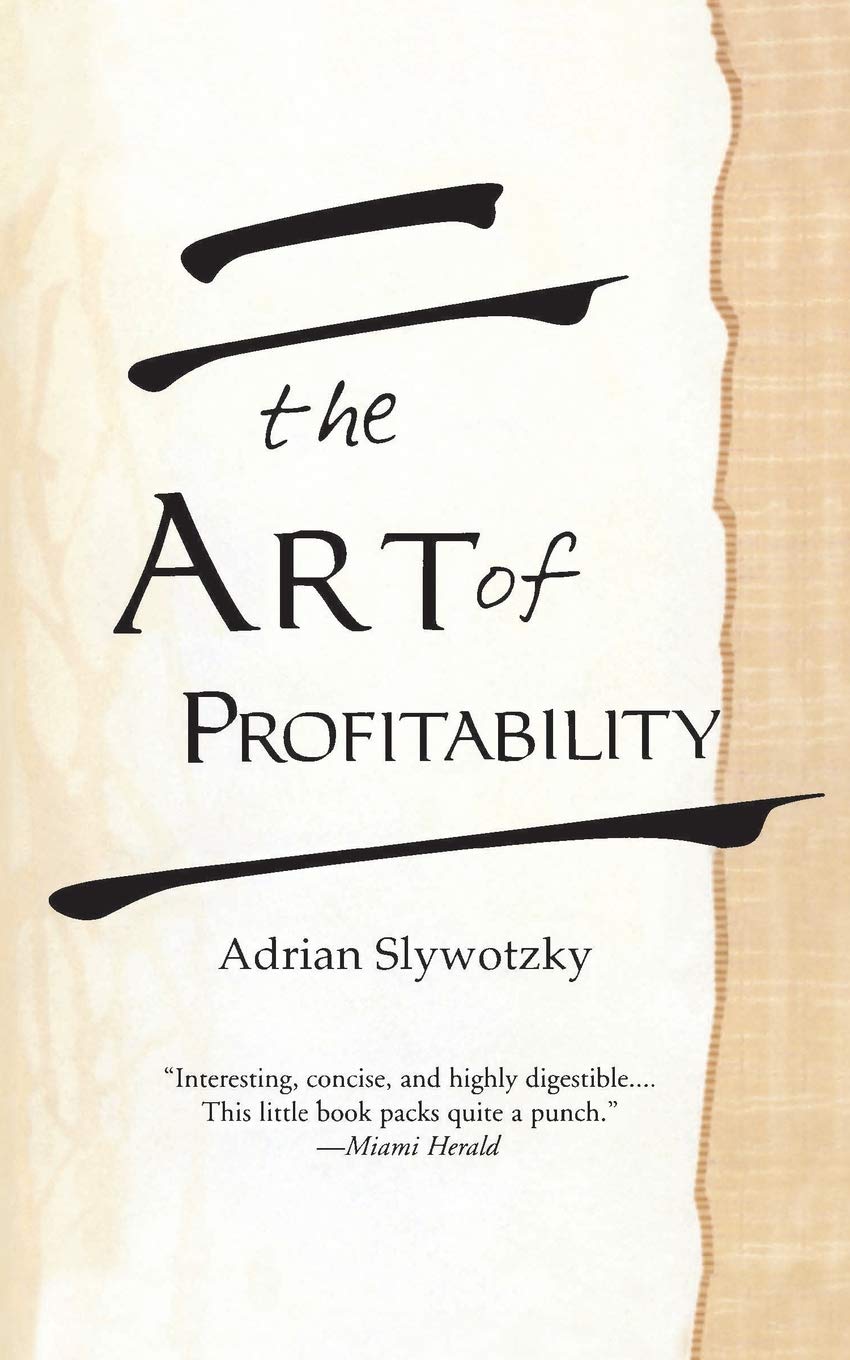
The Art of Profitability
von Adrian Slywotzky
“As a matter of fact, that was exactly what he set out to do the minute the ink was dry on his resignation. But the book was never finished.” “Why not?” Zhao shrugged. “No pressure, no outcomes. Charles Dickens wrote—what?—thirty or forty novels, and big thick books they were, too. But most of his best stuff was written about twenty-four hours before deadline. So Burton, like most of us, couldn’t be productive without someone depending on him.”
“Front-end loading?” “Yes. It’s the opposite of cramming for an exam, or writing the term paper in the last forty-eight hours.” “Meaning—?” “You put the cramming up front. You squeeze the maximum reading into the first forty-eight hours rather than the last. You practice total immersion, early. Read as much as you can as fast as you can, read till you get a headache, and keep reading. And you do all this at the beginning of the project. “Here’s what happens. You build a structure of knowledge that’s incomplete but very powerful. Why? Because every new fact or idea or hypothesis you run into later gets integrated into an evolving structure that keeps getting stronger over time.” “Front-end loading,” Steve mused. “Young’s Technique is very short. So please also read Einstein’s Dreams by Alan Lightman. It can open your mind, if you let it. Let it.” Steve smiled, and left.
“There are four levels to learning: Awareness. Awkwardness. Application. Assimilation.” Steve loved it. But the wheels in his head were still spinning. “Actually, there’s a fifth,” he said. “What’s that?” “Art.”
“You might need two organizations.” “Again?” Zhao chided. “That was your answer for After-Sale Profit.” “I stand by my story. You might need two organizations. The experience curve demons and the blank-sheet-of-paper gang. Think of it as maximizing your current hand while simultaneously buying a big insurance policy on the future.”